Groundbreaking Research Suggests Alien Life Could Be Found Through Man-Made Gases
Recent research from The University of California, Riverside, has revolutionized our approach to finding extraterrestrial life.
The study suggests that by detecting certain artificial greenhouse gases, we might be able to identify planets that have been modified to support life. This groundbreaking method could lead to the discovery of alien civilizations.
The Role of Greenhouse Gases
The study highlights specific gases like fluorinated versions of methane, ethane, and propane, which are not naturally occurring in large quantities.

Source: Freepik
These gases are artificially created and could indicate the presence of intelligent life if found in a planet’s atmosphere.
Technology at the Forefront
Using current technology, such as the James Webb Space Telescope, we can actually detect these gases.
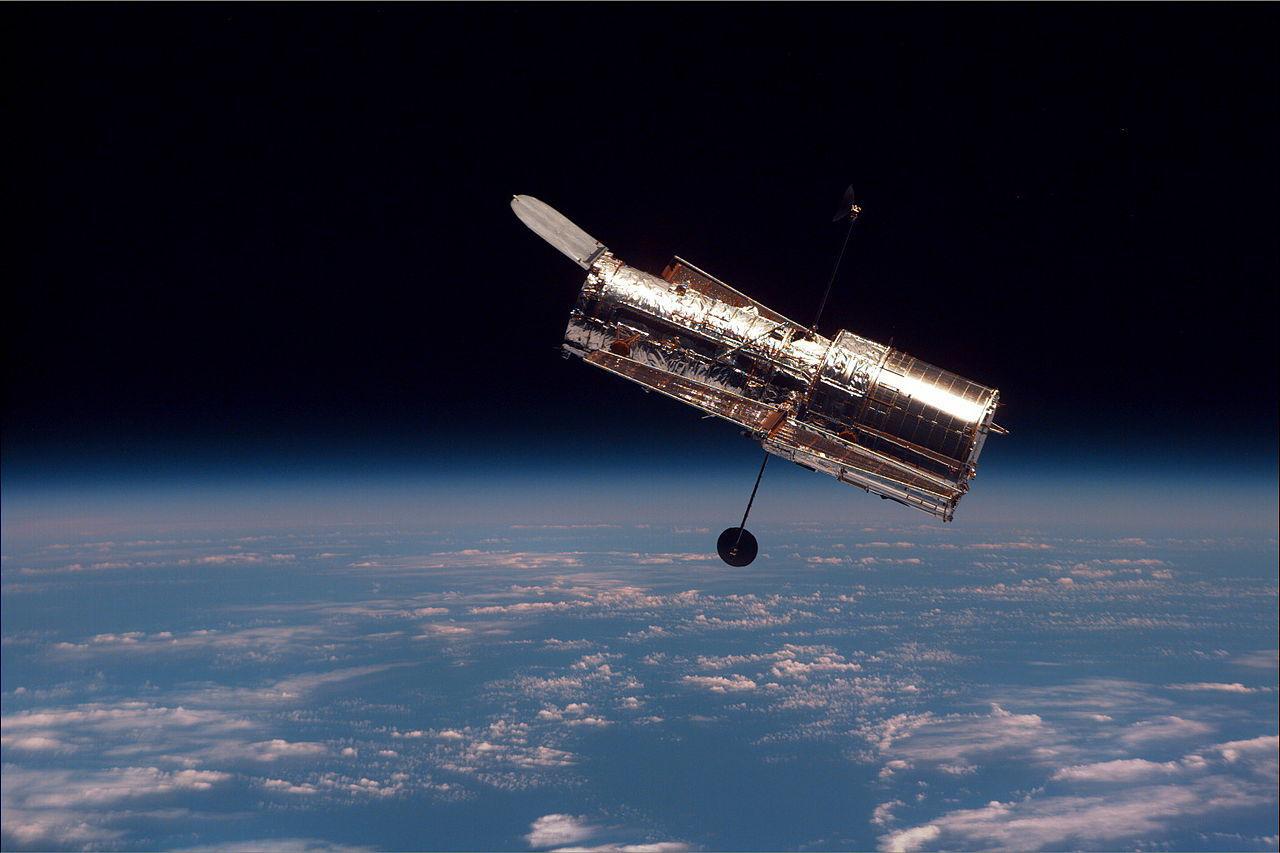
Source: Wikipedia
The telescope’s advanced capabilities mean it might soon spot signs of alien civilizations by observing these artificial gases in the atmospheres of distant planets.
Pollutants with Potential
On Earth, these gases are potent pollutants that contribute to climate change.

Source: National Interagency Fire Center/Wikipedia
For example, sulfur hexafluoride has 23,500 times the warming potential of carbon dioxide. However, in a controlled environment, these gases could make an uninhabitable planet suitable for life.
Terraforming and Extraterrestrial Applications
In theory, extraterrestrial civilizations might use these gases to terraform their planets, making them more hospitable.
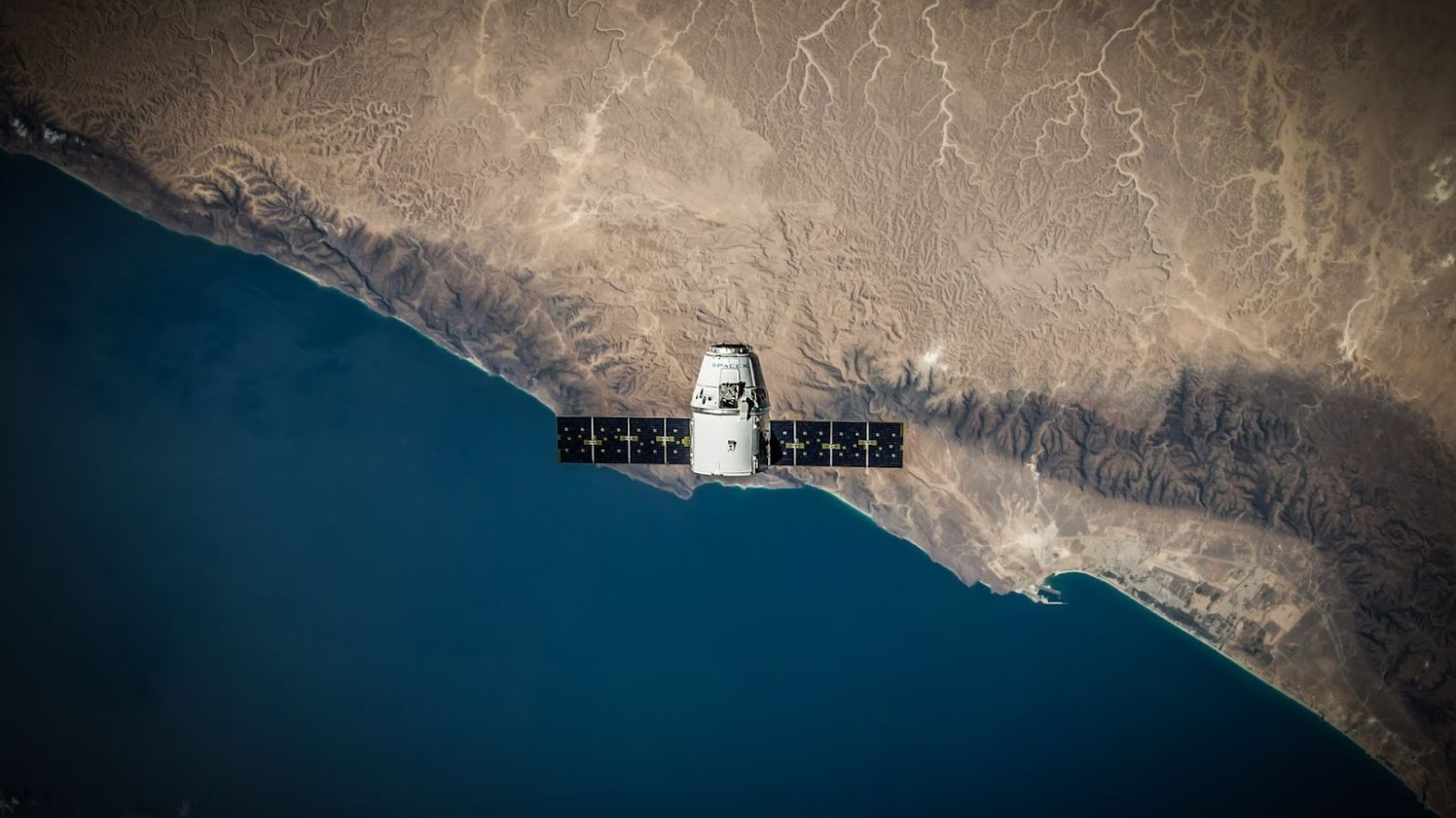
Source: SpaceX/Unsplash
Edward Schwieterman, the study’s lead author, explains that these gases could prevent ice ages or create liquid water conditions on otherwise frozen worlds.
Indicators of Intelligent Life
Because these gases must be manufactured, their presence would imply technological capabilities and intelligent life.

Source: Maxim Tolchinskiy/Unsplash
On Earth, they are used in various industries, such as making computer chips, which further shows their artificial nature.
Long-Lasting Evidence
These gases have an incredible lifespan, lingering in Earth-like atmospheres for up to 50,000 years.
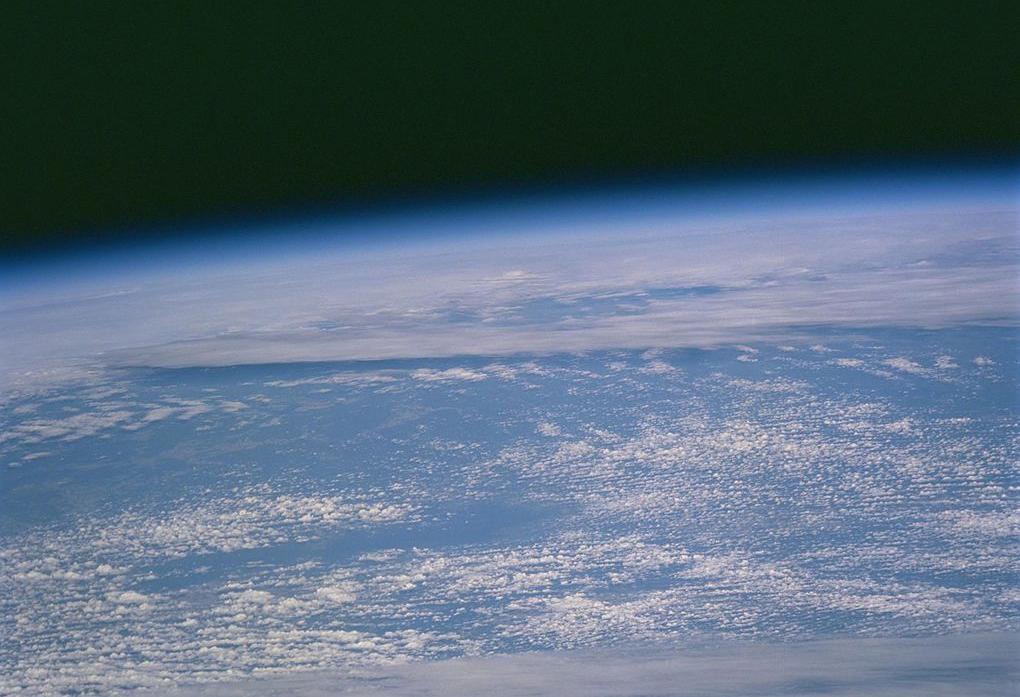
Source: Wikimedia
This durability makes them prime candidates for detection, as their infrared signatures could be identified during telescope surveys.
Feasibility of Detection
The researchers believe that detecting these gases is entirely feasible with current missions.
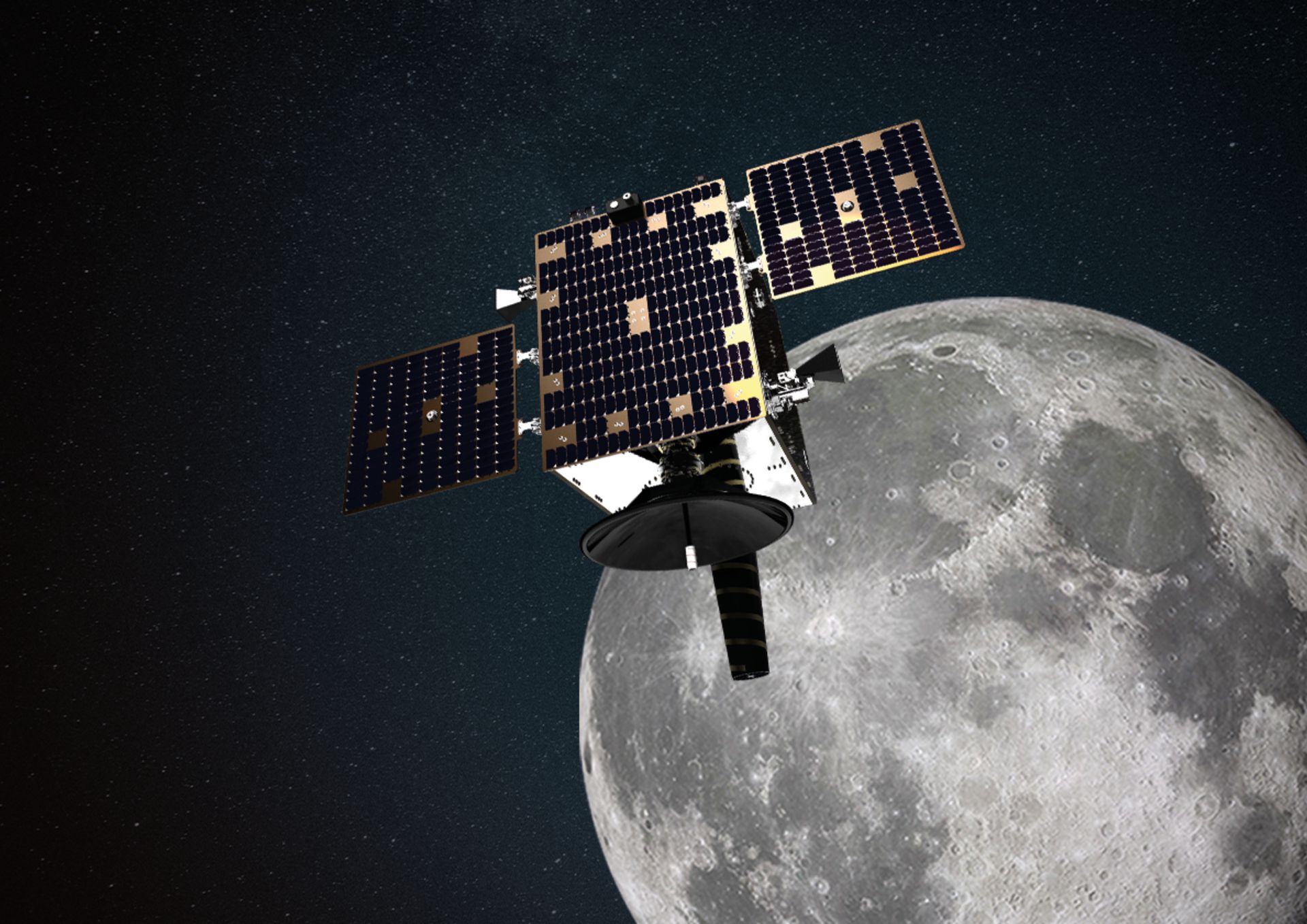
Source: European Space Agency
Schwieterman notes that if these gases are present, telescopes already characterizing planets for other reasons could identify them without much additional effort.
Potential for Discovery
Finding these gases would be a monumental discovery, providing strong evidence of intelligent life.
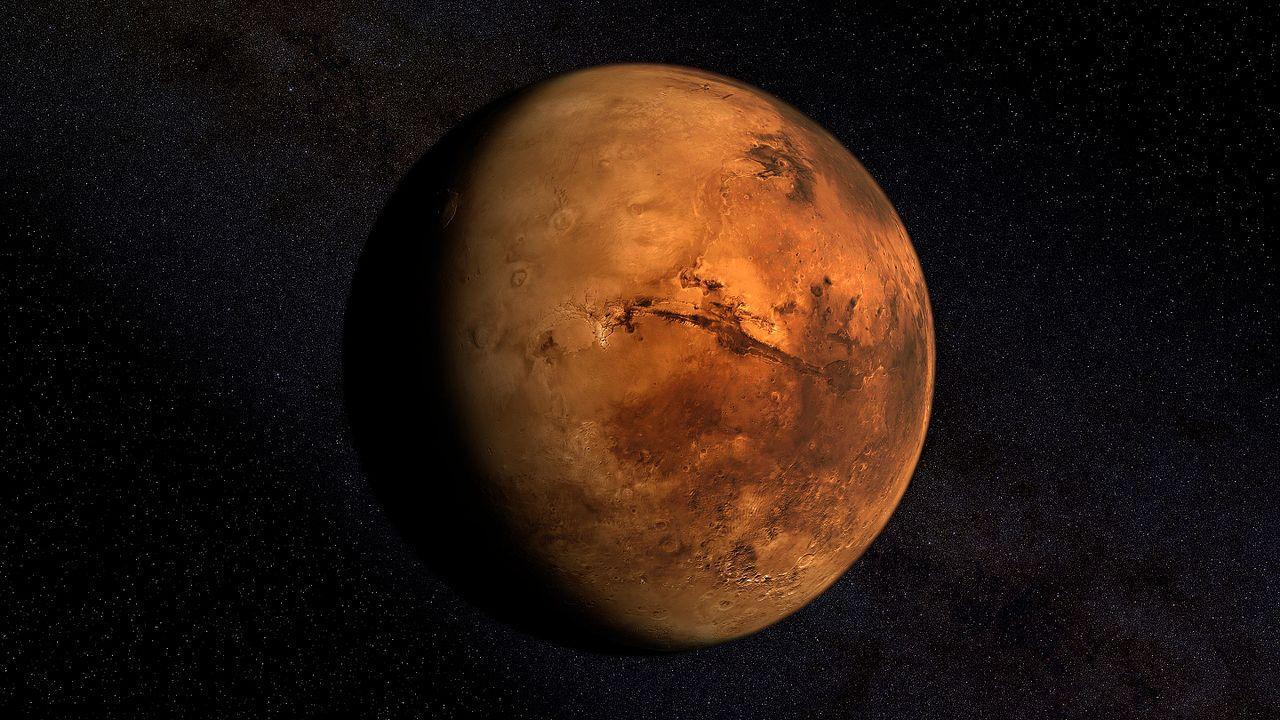
Source: Wikimedia
It would suggest that other civilizations have developed advanced technologies to modify their environments, much like humans have proposed doing for Mars.
Broader Implications
This method of detecting alien life could significantly broaden our search.

Source: SpaceX/Pexels
By focusing on these specific artificial gases, we open up new possibilities for identifying planets that have been deliberately altered to support life.
Quotes from Experts
Schwieterman emphasizes the potential of this research.
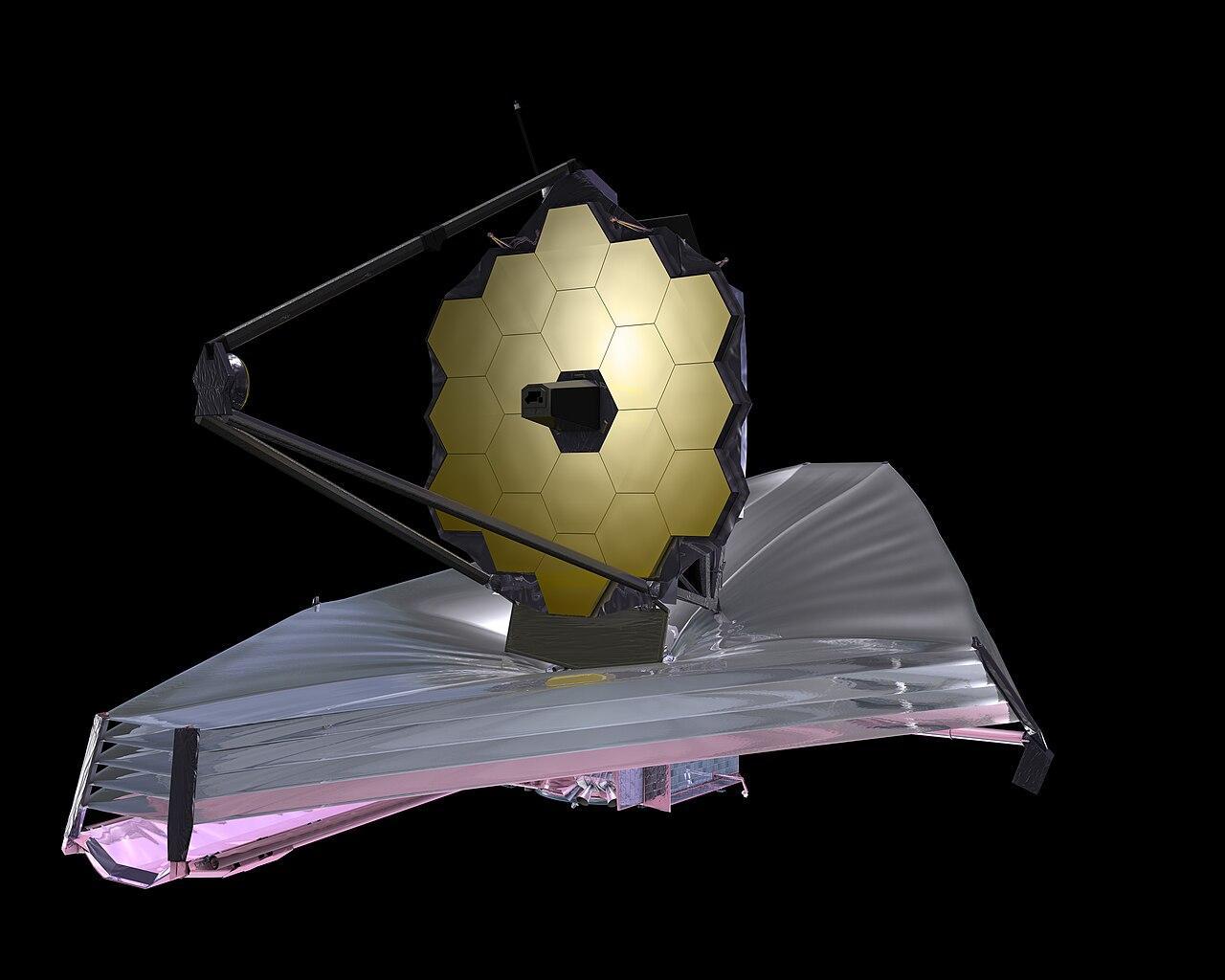
Source: Wikimedia
“You wouldn’t need extra effort to look for these signs, if your telescope is already characterizing the planet for other reasons,” he says. “And it would be jaw-droppingly amazing to find them.”
A New Approach
This study offers an exciting new approach to finding extraterrestrial life.

Source: Marcin Jozwiak/Unsplash
By detecting artificial greenhouse gases, we might soon uncover signs of alien civilizations, potentially expanding our understanding of life beyond Earth.
